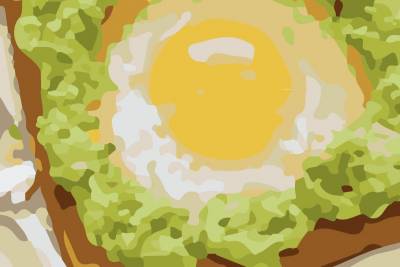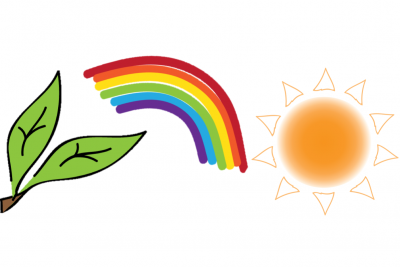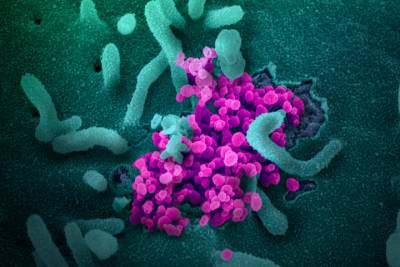DNA Extraction from Strawberries
Background
DNA is present in every cell of plants and animals. The structure of DNA is a double helix comprised of 4 nucleotides. Each nucleotide has the following:
- A phosphate group (P) and a sugar molecule (backbone of DNA)
- One of 4 bases; A=adenine, T=thymine, C=cytosine, or G=guanine
To form the double helix, these nucleotides pair together using the base-pairing rules. In which, A pairs with T and C pairs with G. The long, thick fibers of DNA store the information for the functioning of the chemistry of life.
Sequence of nucleotides → a specific gene → sequence of amino acids in a protein → structure and function of the protein → characteristics
Strawberries are an exceptional fruit to use for this DNA extraction lesson because they yield more DNA than any other fruit (i.e. banana, kiwi, etc.). Strawberries are octoploid, meaning that they have eight copies of each type of chromosome.
Materials
Solvents / Solutions
- Isopropyl Alcohol
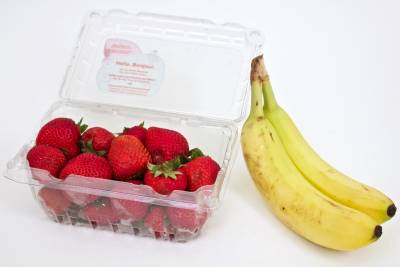
Foods
- Strawberry
- Salt
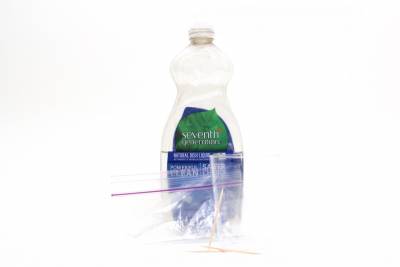
Consumables
- Toothpick
- Plastic Cup
- Dish Soap
- Plastic Baggie
- Microfuge Tubes (optional)

Equipment
- Strainer
Preparation
Place one strawberry per student in a plastic baggie and remove most of the air. Mash the strawberries with your hands. Carefully strain the mashed strawberry over a bowl or beaker and retain the liquid portion.
Procedure
- Add strawberry puree into plastic cup.
- Add 3 drops of dish soap and STIR with a toothpick.
- Add 3 drops of salt solution and STIR with a toothpick.
- Add the tube of ice-cold isopropyl alcohol. **DO NOT MIX**.
- Wait and watch the DNA precipitate from the solution.
- Wrap the strands of DNA around a toothpick.
- Students may save the DNA in a microfuge tube and label with initials and date.
- Clean area: Dispose of the toothpick , pour remaining liquid into waste container, recycle the plastic cup, wash hands.
How does what you observe in your DNA sample relate to what you know about its chemical structure?
Describe the purpose of the dish soap, salt and alcohol in the extraction.

